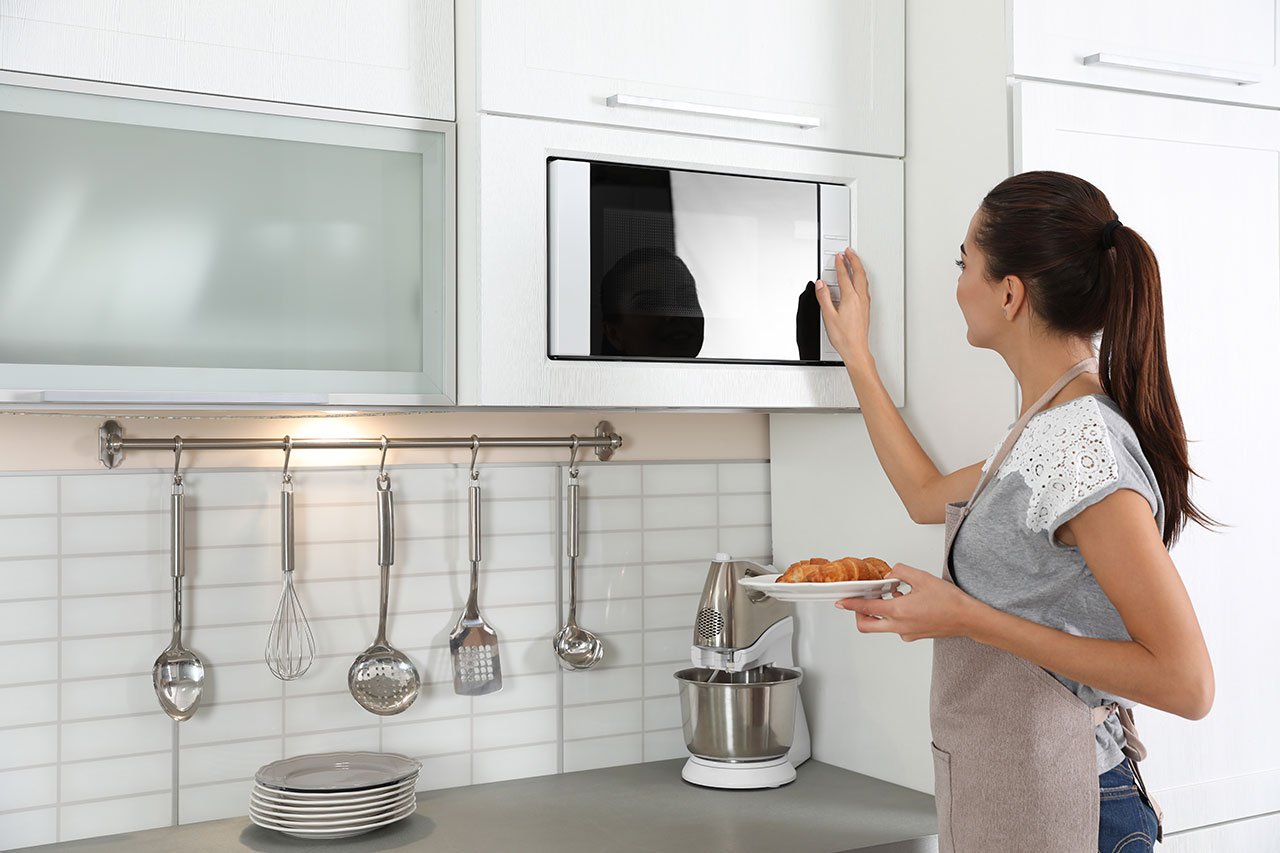
Get matched with top fridge, freezer or ice maker repair or service pros in your area
Enter your zip and get matched with up to 3 pros
Matching on HomeAdvisor


Fridge, freezer or ice maker repair or service pros in New-York
No results for Repair or Service a Fridge, Freezer or Ice Maker in
Try adjusting your search criteria.Fridge, freezer or ice maker repairs or services FAQs
Magnetrons burn out when their magnets crack, terminals overheat, or internal connections loosen. Excess heat does most of the damage, so make sure the vents stay clear and the unit has breathing room on all sides. Good airflow and routine cleaning go a long way toward keeping the magnetron alive.
Microwave diodes wear out after years of electrical stress or a sudden short. Telltale signs of a failed microwave diode include a loud hum or a sharp burning odor during a cycle. Catching those symptoms early and calling an appliance repair pro for replacement keeps the rest of the circuitry safe and the microwave heating properly.
Warning signs include no heat, sluggish cook times, sparks, odd noises, burning smells, or a unit that keeps running with the door open. A glitchy touchpad or a door that won’t latch also signals trouble. If the microwave is past its 10-year mark, those symptoms usually mean it’s time to repair or replace it.
It makes sense to fix a microwave if the repair costs less than a new unit and the appliance isn’t past its prime. Built-in or high-end models are good candidates for repair, while a budget countertop unit over 10 years old is usually cheaper to replace. Compare repair quotes with new‑purchase prices before you decide.
Wiping down the cavity weekly keeps grease from clogging vents and trapping heat around key parts. A quick steam‑clean with lemon, vinegar, or baking soda loosens stuck‑on food without harsh chemicals.
Sticking to a simple schedule reduces overheating, extends the microwave's lifespan, and helps it reach its full potential. Seeking advice from an appliance repair technician on maintenance tips can help you prolong the useful life of your microwave.





- Appliance (Major Electric Appliance) - Install or Replace
- Clothes Dryer Repair
- Refrigerator Install or Repair
- Repair or Service a Clothes Washer or Dryer
- Microwave Repair
- Appliance (Microwave Oven) - Install or Replace
- Refrigerator or Freezer Repair
- Washing Machine Install or Repair
- Appliance Install
- Garbage Disposal Install or Replace
- Oven or Stove Repair
- Repair or Service an Oven or Stovetop
- Appliance (Major Gas Appliance) - Install or Replace
- Dishwasher Install or Repair
- Repair or Service a BBQ Grill
- Repair or Service a Small Size Appliance
- Range Hood Install
- Repair or Service a Dishwasher
- Appliance Maintenance
- Appliance (Smaller Size) - Install or Replace
- Birmingham
- Phoenix
- Tucson
- Fresno
- Long Beach
- Los Angeles
- Modesto
- Sacramento
- San Diego
- San Francisco
- San Jose
- Denver
- Hartford
- Washington DC
- Fort Lauderdale
- Jacksonville
- Miami
- Orlando
- Tampa
- Atlanta
- Chicago
- Indianapolis
- Louisville
- New Orleans
- Baltimore
- Boston
- Detroit
- Grand Rapids
- Minneapolis
- Saint Paul
- Kansas City
- Saint Louis
- Las Vegas
- Albany
- New York
- Asheville
- Charlotte
- Greensboro
- Raleigh
- Winston Salem
- Cincinnati
- Cleveland
- Columbus
- Oklahoma City
- Portland
- Harrisburg
- Philadelphia
- Pittsburgh
- Providence
- Memphis
- Nashville
- Austin
- Dallas
- El Paso
- Fort Worth
- Houston
- San Antonio
- Salt Lake City
- Norfolk
- Richmond
- Virginia Beach
- Seattle
- Madison
- Milwaukee



